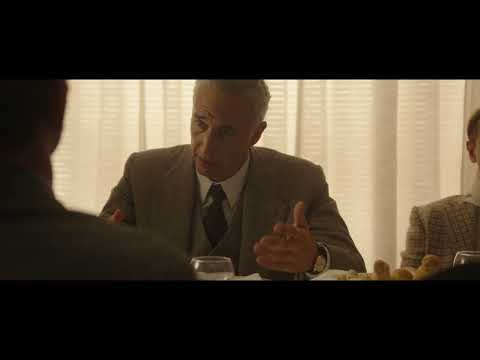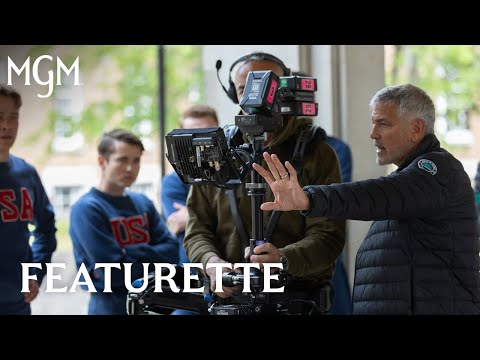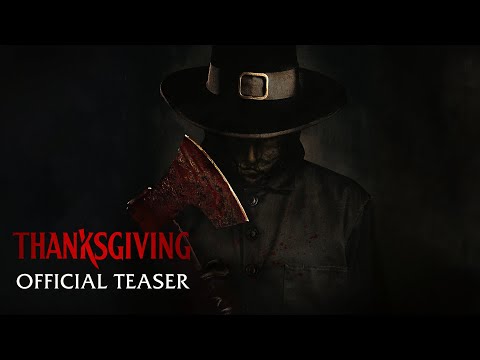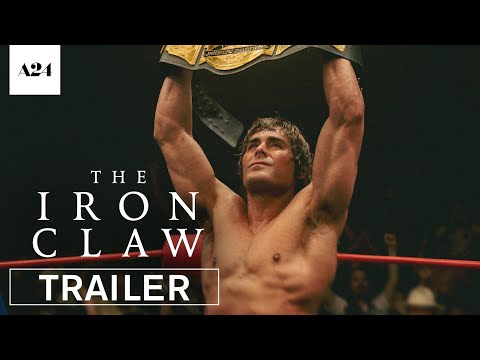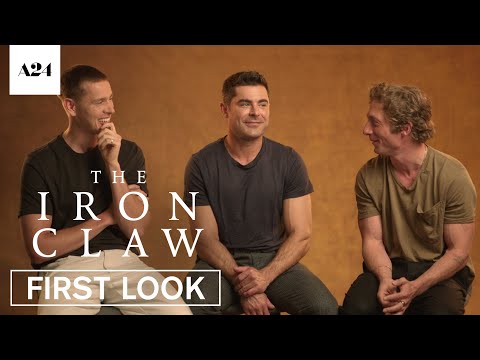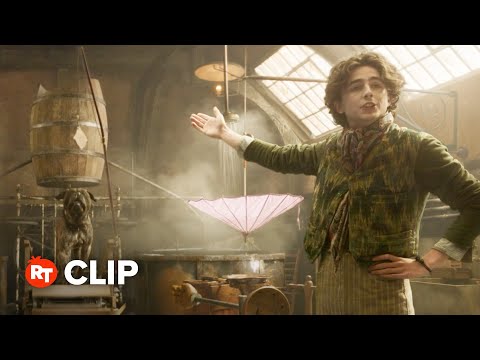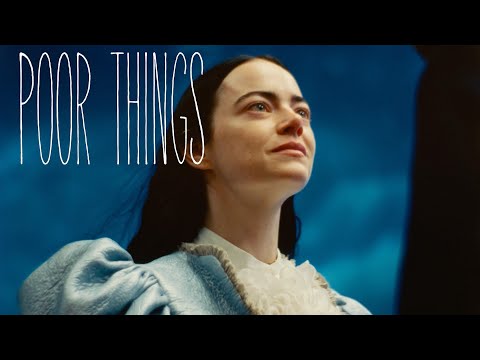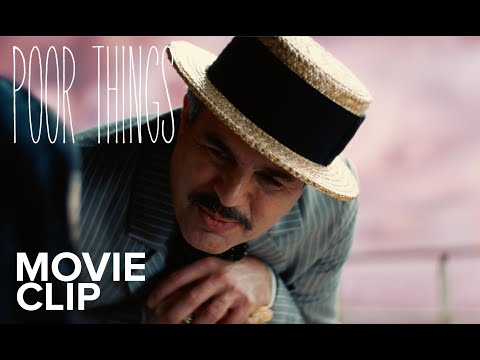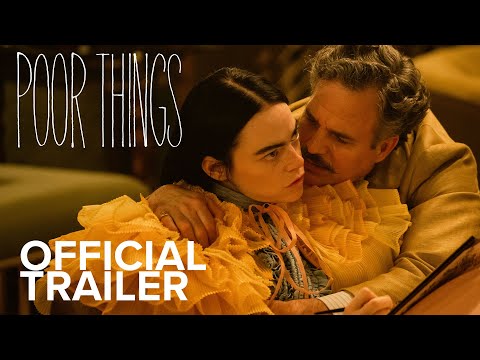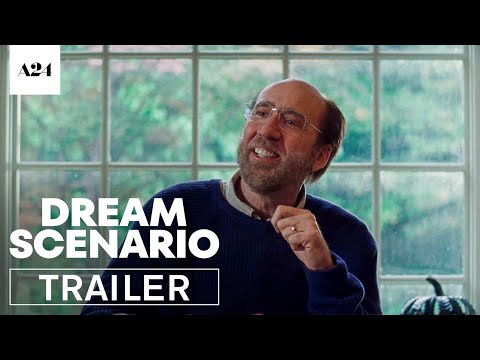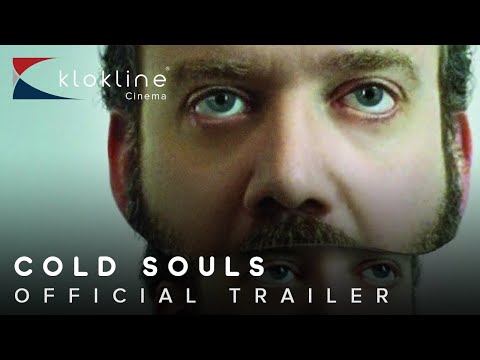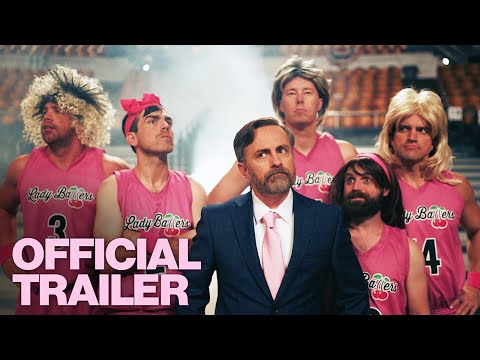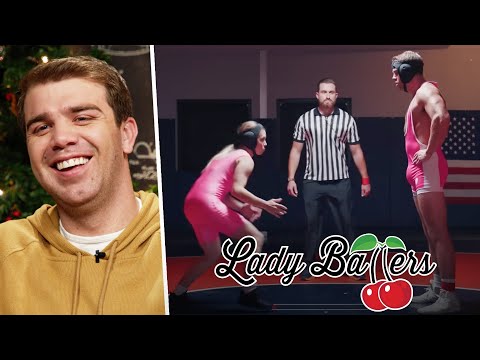Andrew Scott plays Adam in Andrew Haigh’s “All of Us Strangers,” a lonely, quiet man who lives in a London apartment where he is one of the few tenants.
Adam meets seemingly the only other person staying at the apartment. Harry (Paul Mescal) is flirtatious but also expresses to Adam how equally isolated he feels. The two become a couple, though Adam waits a while before he drops a mind-blowing secret on Harry.
“All of Us Strangers” is best seen without knowledge of the plot, narrative hints from a trailer or even a synopsis that compartmentalizes its many surprises. Here is an original and surprising drama that takes it time to tell a story of how our past isn’t just a collection of memories but a physical place.
Watch with caution:

Writer/director Haigh gently applies a science fiction angle, though how literally we’re supposed to take it is debatable. Perhaps it’s strictly a journey of the mind, akin to Richard Matheson’s “Somewhere in Time” (1980).
There’s a scene here of a character saying goodbye to figures from his past that is especially moving. It reminded me of the heartbreaking bit in “Somewhere in Time,” where Christopher Reeve finds time pulling him away from Jane Seymour.
It may read like an odd pairing, but both films have a just-go-with-it approach to sci-fi. Each provides a heartfelt meditation on how love and longing don’t only exist in one universe.
There’s a genuine, unforced sweetness to the film, akin to Harry’s unhurried, growing attraction to Adam.
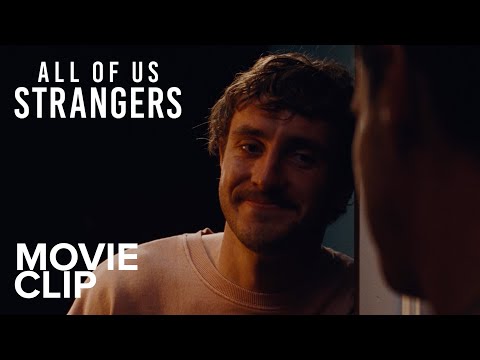
It may seem odd to say about a film where the characters are grownups, but this is one of the best films I’ve ever seen about the dynamic between kids and their parents. The performances by Jamie Bell and especially Claire Foy are so touching and layered; we understand why Adam loves his folks so much.
Scenes of Harry and Adam hitting up a nightclub are tedious, if only because we’ve seen it too many times – I’m finally getting tired of scenes of strobe-lit nightclubs with thumping beats, glowing ceilings, casual inebriation and dancing that look more like an angry sock hop.
Michael Mann’s “Collateral” (2004) and Darren Aronofsky’s “Black Swan” (2010) are the last times I found these sorts of scenes arresting.
“All of Us Strangers” is like the great “Twilight Zone” episode called “Walking Distance,” about a man who walks through his old childhood home and the town he grew up in, only to be confronted with his younger self.
The final twist may be one Shyamalan pivot too many for some, though the story plays fair upon reflection and it doesn’t alter the film’s tone or grand design as much as make you ponder how far the story can go. It also enhances where Harry and Adam stand moving forward, which makes it worthwhile.
‘A generation of queer people are grieving for the childhood they never had’: Andrew Haigh on All of Us Strangers https://t.co/KrkXb6b7GI
— Candice Frederick (@ReelTalker) December 29, 2023
For a director who isn’t overly demonstrative, Haigh finds some beautiful imagery to sprinkle through the film.
I liked Haigh’s prior films “Weekend” and “45 Years” a lot, not just because he’s a storyteller who emphasizes character and has a gentle touch to his narratives but, above all else, he clearly loves his characters.
The same goes for “All of Us Strangers.”
I appreciate the way Haigh establishes and explores his most far-out concept, but it’s the emotional journey of his characters that resonates the most.
Three Stars
The post The Less You Know About ‘All of Us Strangers,’ the Better appeared first on Hollywood in Toto.
from Movies - Hollywood in Toto https://ift.tt/ATt5KMa


